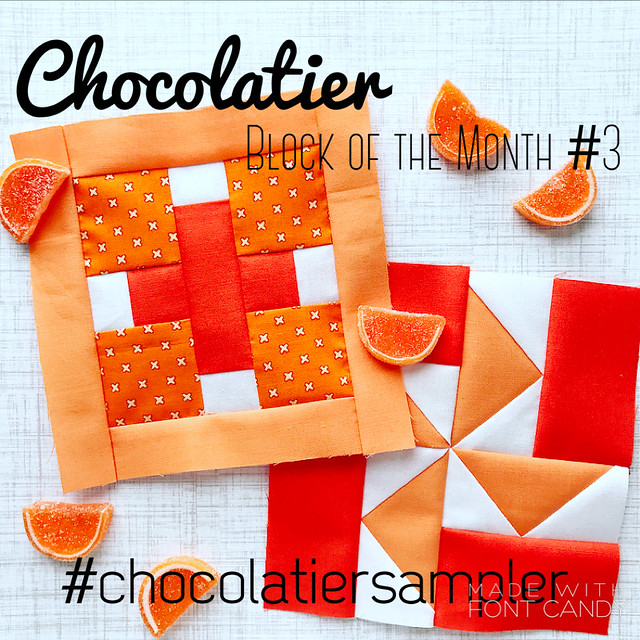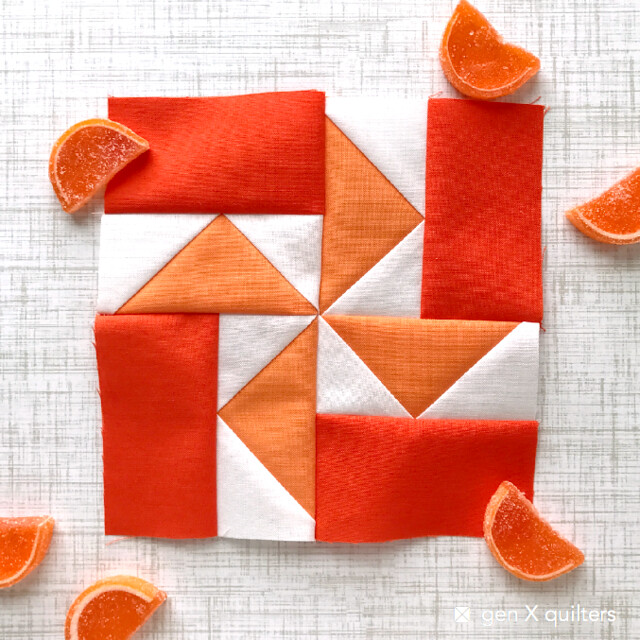Thank you for all the positive feedback on the release of my latest pattern FORMATION (It's free for
subscribers). It seems the bold graphic element of the quilt is catching your interest. I hope you'll share your progress if you make one!
I thought it may be interesting to share a little behind the scenes look at how I design my patterns. There are many hours that go into pattern design. Most of those hours are spent on tasks that may be hidden from public view when a new pattern is released. I thought I'd share a little about my process today. These are the stages I work through to create a new pattern.
MAJOR STAGES OF PATTERN DEVELOPMENT: Concept, Sketch, Determine Fabric Quantities, Fabric Selection, Piecing Technique Selection (so many ways to build blocks), Write Pattern, Draw Illustrations, Sew Sample, Photography, Technical Edit, Pattern Testing, Pattern Formatting for PDF and/or Print, Professional Printing.
After development, there are also several stages involving Pattern Release, Marketing, Distribution and Promotion. But oh my, I've almost given myself a headache already. Did you realize there was so much involved?
Today I'm going to show you a little about the
SKETCH phase.
I use the software
EQ7 from
Electric Quilt (for mac) to design pretty much every quilt I make. Not every quilt ends up looking exactly like the sketch I work up in
EQ, but it's always my starting point. I usually prefer to begin working on a concept with a blank quilt in a grid. The grid starts out all white - and according to my concept idea, I fill in overall shapes.
In this photo, you can see I started with the idea that I wanted 4 large size Flying Geese to make up the major component of the quilt. I knew I wanted part of the Geese to be made up of large HSTs. The point on the Geese started out as quarter of an Hourglass unit. There is a solid green block in the center to form the base of the Geese unit.
Those large squares in the center of the Geese are IDEAL for placing sampler blocks. You know I am always thinking of odd ways to lay out samplers, and open spaces like those beg me to sampler them up.
In
EQ7, there are a couple of different "workbooks" if you will. One workbook is for the lay out of the entire quilt. Another "workbook" is for block designs. This helps me keep all my sampler blocks organized when I am playing with dropping them into a quilt design. The Block Workbook allows you to play with blocks - drawing and adding in piecing designs. In this photo, you can see I played around with variations of star blocks, trying to find which 4 stars looked best inside the large Flying Geese.
After choosing the 4 stars I liked best, I am able to drop them into the quilt design.
To move the sketch closer to what the final quilt will look like, I try to choose colors similar to what I am thinking for fabric selections. In the photo on the right, I was able to import the fabric jpg image for the Robert Kaufman Essex Linen Yarn Dye I was planning to use.
Also, when looking from the left photo to the right, I was able to consolidate all those individual blocks of negative space beside the Geese into long panels of fabric. That's how we will assemble the quilt after all.

See the red circles in the photo on the right? I wanted to eliminate those gaps. I wanted the Flying Geese to touch each other. I changed these directions when writing out the pattern. Instead of working those Geese points as quarter hourglass units, they became smaller Flying Geese themselves.
I absolutely love playing around with design. Making the sketches match the images in my mind and figuring out all the corresponding math that goes with it. Love the math, you say? Actually, yes! It's like a giant puzzle to me and I love figuring out how to put it all together.
At this point, I would jump into writing out all the instructions.... and follow on down the line in my STAGES OF PATTERN DEVELOPMENT listed above.
Remember next time you see "Poof!" a new quilt in my feed.... it actually takes hours of work behind the scenes. It is a labor of love, but I truly enjoy getting to design for a living.
You can always sign up for my quarterly newsletter to get your own copy of FORMATION. It's FREE when you s
ubscribe to the newsletter.









